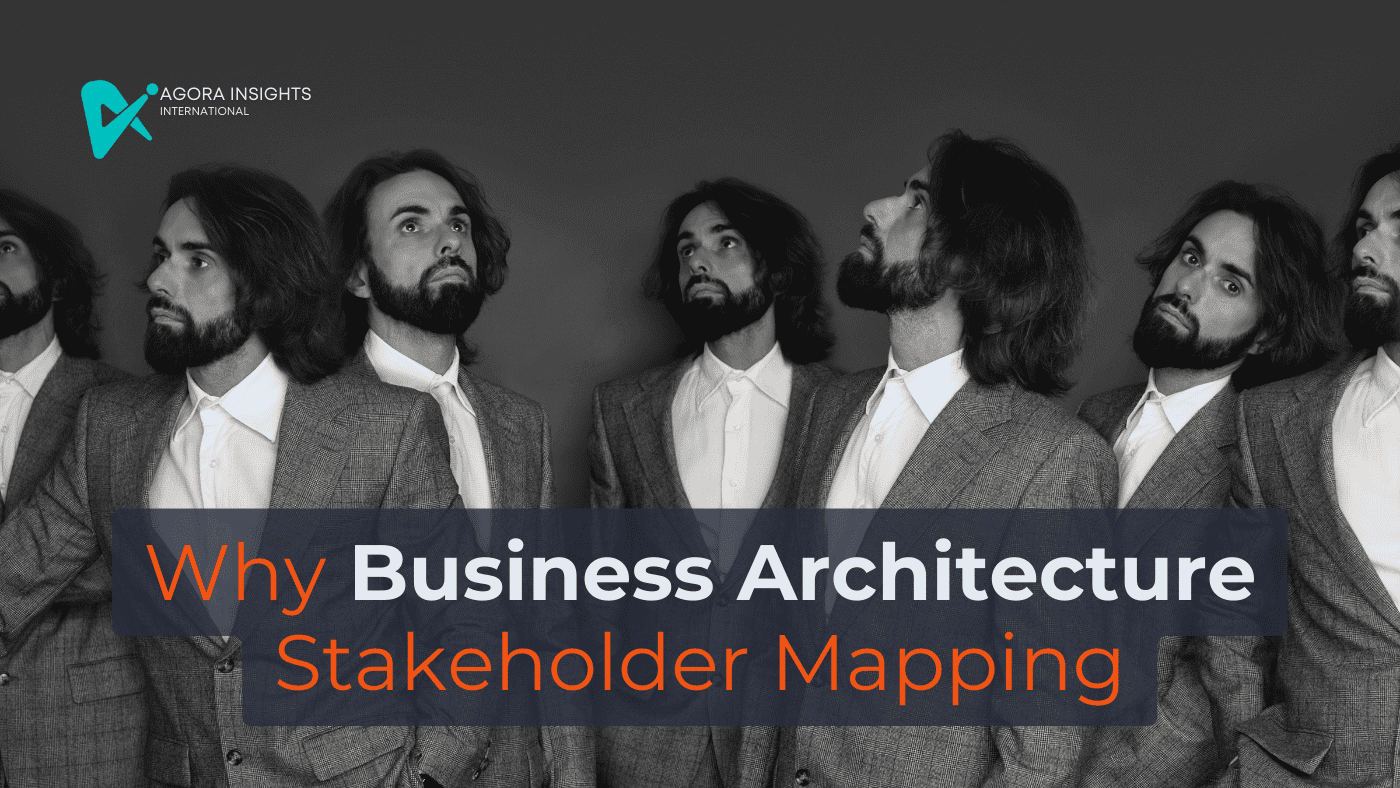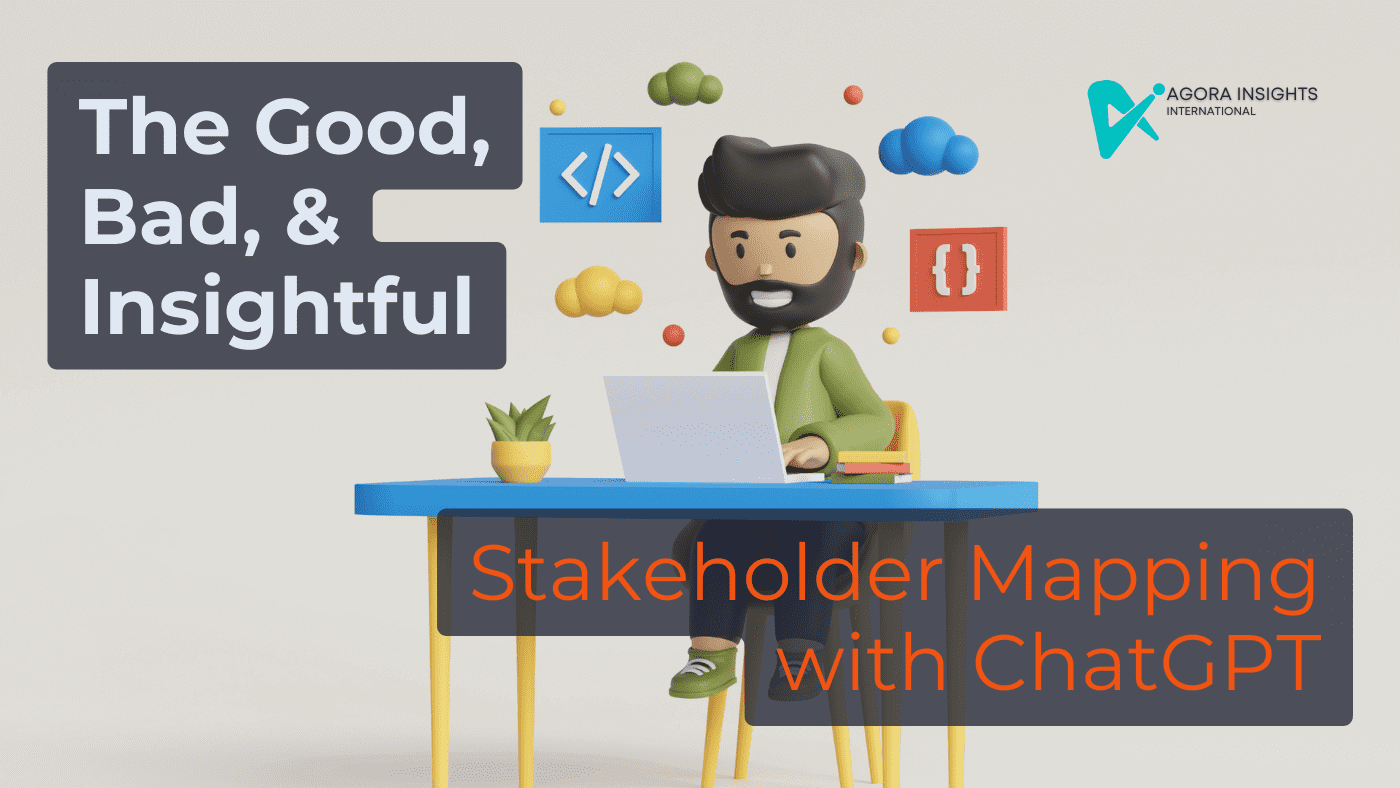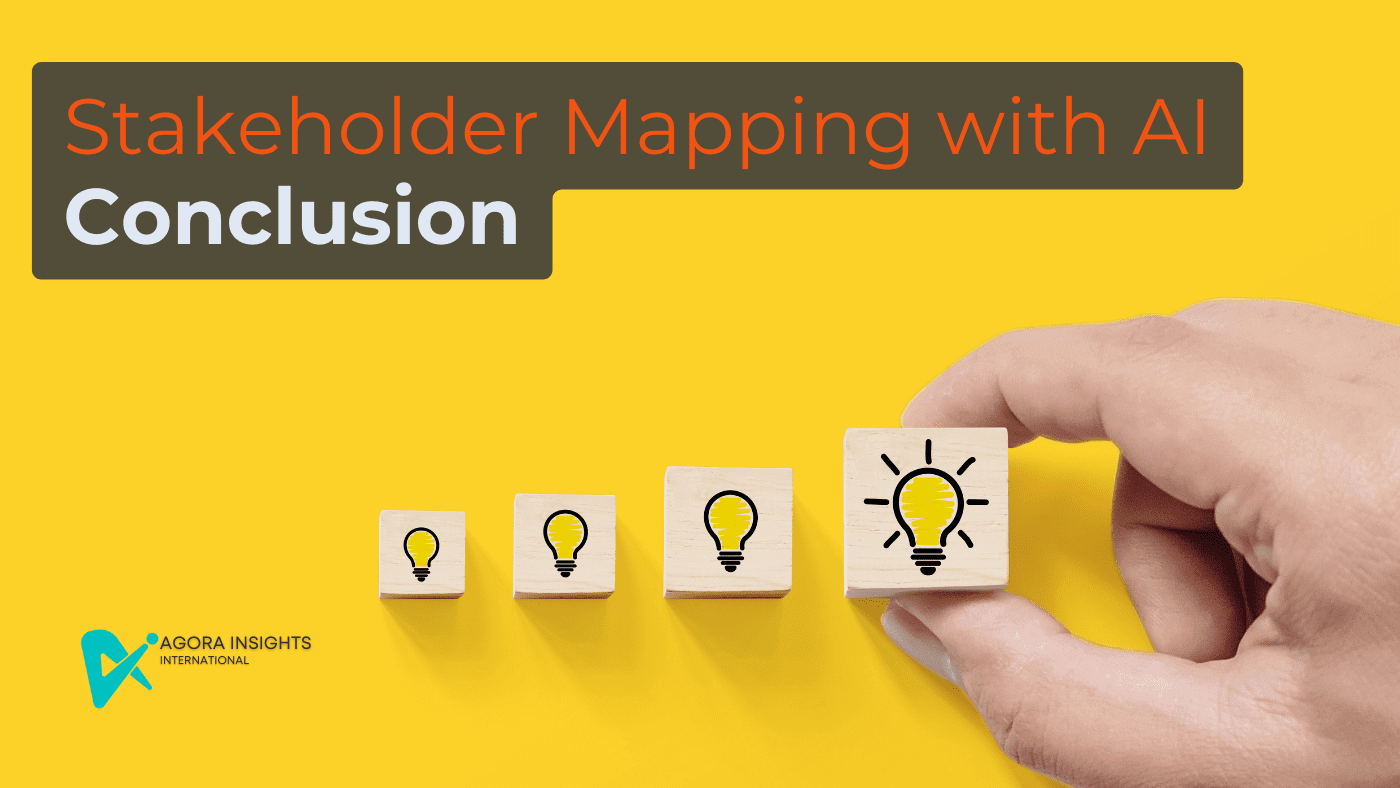Building your business blueprint is challenging as there are so many moving parts. We are working to piece the parts together cohesively and one of these parts are stakeholders. Today, we'll look at how artificial intelligence (AI), specifically ChatGPT, can be used to helped develop our stakeholder mapping. I will also draw parallels with the previous work on information concept mapping to gain a comprehensive understanding of AI's role in these complex tasks.
Why Business Architecture Stakeholder Mapping?

At the end of the day, running a business is all about people. customers, vendors, team members, and so forth It can be difficult to navigate these stakeholders' roles, hierarchies, needs, and contributions. This is why stakeholder mapping is such an important part of what business architects do. It aids us in unravelling complexities and directing the "who" of our journey.

According to the BIZBOK® Guide, stakeholder mapping is essential for several reasons:
- Value stream articulation: Stakeholder mapping helps in understanding the alignment between stakeholders and the organization's value streams, which is crucial for shaping the direction of an enterprise in terms of goals and objectives
- Customer and partner engagement: By identifying and categorizing stakeholders, organizations can better engage with customers, partners, and other external entities, ensuring that their needs and expectations are met
- Capability and information context: Stakeholder mapping provides insights into the relevance of each stakeholder group, allowing organizations to prioritize their efforts and resources to address the most critical stakeholder needs
- Foundation for stakeholder engagement strategy: A stakeholder map forms the basis of a structured stakeholder engagement strategy, ensuring that everyone is aware of the required stakeholder engagement and preventing ad-hoc, unstructured engagement
- Categorization of stakeholders: Stakeholder mapping allows organizations to group stakeholders based on similarities, streamlining future communications and creating communication channels for each group
- Understanding stakeholder relevance: Gaining stakeholder buy-in is essential for project success, and stakeholder mapping helps organizations understand the importance of each stakeholder group and their impact on the project
Stakeholder mapping is a crucial aspect of business architecture as it helps organizations understand and manage their relationships with various stakeholders, ensuring that their needs are addressed, and value is delivered effectively
Stakeholder Mapping with ChatGPT: The Good, the Bad, and the Insightful

Stakeholder mapping is all about identifying, analyzing, and understanding the needs of various stakeholders to ensure seamless business operations. Tasking ChatGPT with this complex process led to some interesting results.
The Good
For the positives,
- ChatGPT showed a knack for dissecting the complex structures of an organization and determining the roles of various stakeholders.
- It could differentiate stakeholders from business units and successfully created comprehensive lists involving internal, external, and environmental stakeholders, adding dimensions to its understanding.
- Overall this exercise was simple comparatively to my previous task of information concepts.
The Bad
However, as expected, the AI started to reveal its shortcomings.
- It struggled to maintain coherency and completeness in the stakeholder table, often veering off into unrelated topics or creating duplicate entries.
- Potentially the biggest issue was that it forgot that Supreme Coffee actually has customers.
- Dealing with structured data such as tables also proved to be a stumbling block for ChatGPT. I am starting to realise that tables just aren't its "thing". Lists work but they don't always cover what is required.
The Insightful
Nevertheless, the silver lining its ability to understand the simplicity of stakeholder mapping.
- ChatGPT showed resilience by adjusting to different strategic models and integrating user feedback, providing valuable insights for stakeholder management.
- Although the final output required a human touch, the comprehensive stakeholder list is a great business architectural blueprint option.
Information Concepts Vs. Stakeholder Mapping: The ChatGPT Face-off

The previous exercise with information concepts containers (and blog post) was nothing short of a nightmare to populate. So this one came with (comparatively) superficial issues. Even though many of outcomes mirrored what we observed in stakeholder mapping. The AI showed comprehension of complex hierarchical levels and diverse data types, yet it faltered when it came to continuity and context across the table. The lack of learning from corrections within the same session, resulting in recurring mistakes, was a key limitation. Stakeholder mapping is far simpler as it doesn't require that many data points, similar to business units and capabilities. This is the primary reason for it's success.
The comparative findings from both these studies are compiled in the following table:
| Stakeholder Mapping | Information Container Mapping | |
Complexity Understanding | Managed to grasp complex organizational structures and stakeholder roles. Difficulty amplified with the complexity of the stakeholder table. | Comprehended hierarchical levels and complex data types. Struggled with maintaining coherence and completeness as the information concept table's complexity increased. |
Error Replication | Repeatedly created duplicate entries and deviated into unrelated topics, even after user corrections. | Persisted in replicating mistakes despite user corrections, suggesting a lack of learning within a single session. |
Human Intervention | User feedback greatly improved AI's performance, enhancing the completeness and coherence of the stakeholder lists. | Continuous monitoring, clear instructions, and structured inputs were crucial to guide the AI, leading to improvements in the quality and relevance of the information concept table but it still had to be manually created in the end. |
Adaptability | Responded well to user feedback and adjusted outputs accordingly. Had trouble handling complex stakeholder lists. | Displayed flexibility in generating tables based on structured input but required human guidance to stay on task and maintain focus. |
Potential Applications | Promising in generating comprehensive stakeholder lists and comprehending complex organizational structures. | Can assist in breaking down complex tasks, offering insightful outputs related to business architecture. |
Conclusion:

While AI may not be the magic bullet for all business architecture challenges, it certainly is a formidable tool in the toolbox. The ability to access and process information swiftly can propel the work of business architects to new heights. In my experience, AI is a game-changer for us; it accelerates the creation of conceptual models, providing real-time value to businesses.
So there you have it - insights into AI's role in stakeholder mapping and a comparison with information concept mapping.
If you found this post helpful, consider following our LinkedIn page for more insights and updates, or share it on your social media to spread the knowledge.
Post sponsored by Agora Insights Ltd


Post a Comment